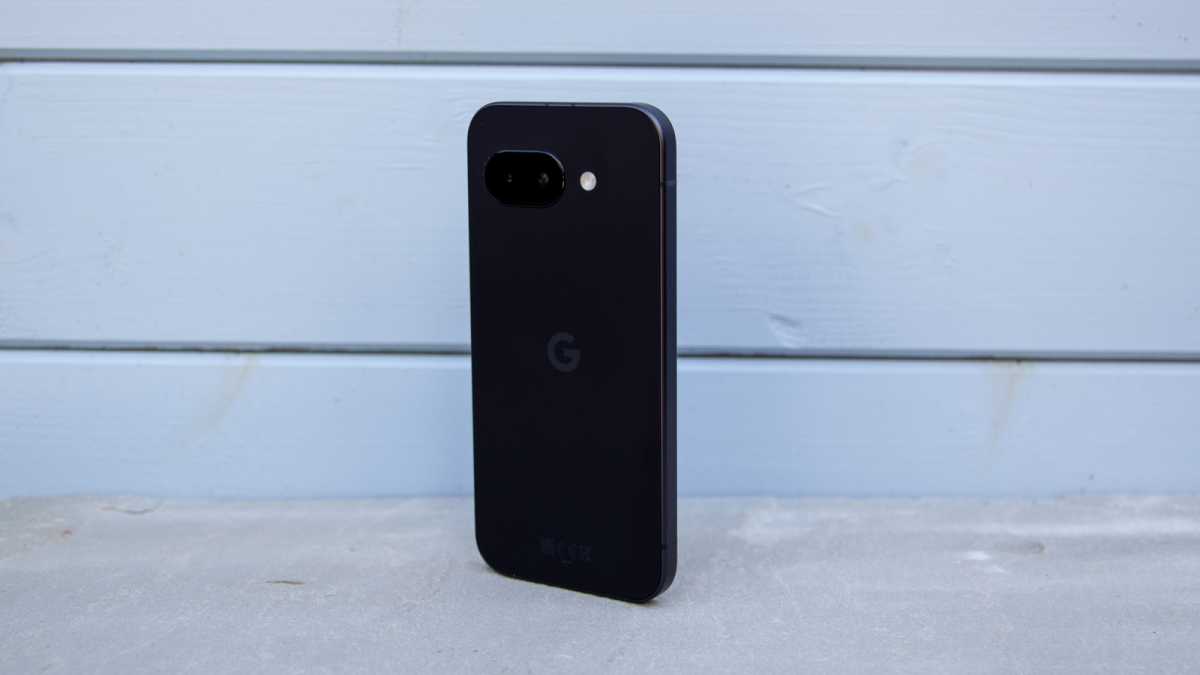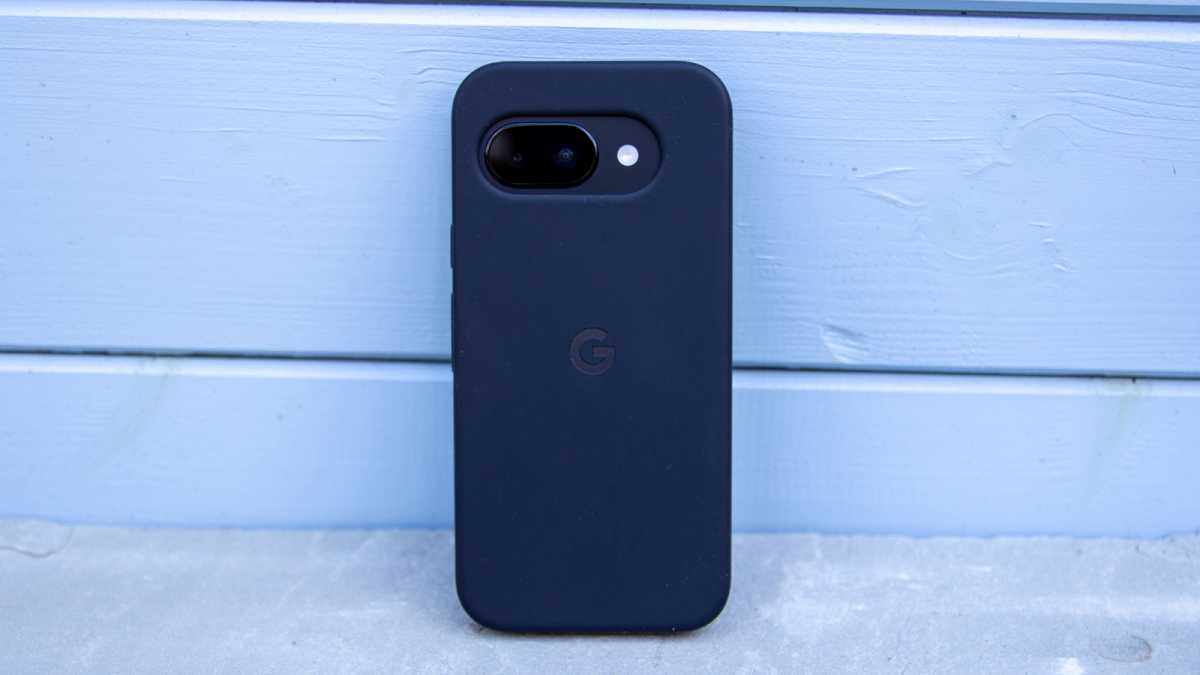I’ve been testing the Pixel 9a over the last week and my fears have been realised: the change in design does this phone no justice.
As we previously highlighted, the Pixel 9a is the closest-looking model to an iPhone and not in a good way. Not in a good way at all.
For years, fans of the Pixel family have been able to point at Apple’s affordable phone – the iPhone SE – and laugh. The iPhone SE recycled a design that made buyers feel like they were getting old stock repackaged. Meanwhile, Google graced the Pixel A-Series with a new design with each iteration – a refresh that reflects its flagship phone namesake.
But the launch of the Pixel 9 models shook things up. While the Pixel 9 and Pixel 9 Pro took a step forward, with a slick aesthetic, the Pixel 9a has dropped just about every distinguishing feature from its design.

Chris Hall / Foundry
Where the Pixel 9 has a camera island – which I think looks great – the Pixel 9a has a featureless wasteland. The flush lens looks as generic as they come, lacking even the slightest hint of excitement. It’s flat, it’s boring, and it’s more noticeably plastic than before.
Yes, the Pixel 8a was also plastic, but having that camera bar added a design flourish, something to catch the eye; it lent an edgy sense of excitement to an affordable phone. The camera bar contrasted beautifully with the rest of the rear design. Now, it’s just a black oval with cameras in it.
I’ve got beef with the Pixel 9a design
The Google Pixel 9a is a beefier phone than the Pixel 8a. It has a 6.3-inch display, so it has expanded slightly from the 6.1-inch of the Pixel 8a. That makes the phone a little wider, but more importantly, the shift in design moves us from curved edges to a squared finish.
Hold both phones in your hands and the Pixel 9a definitely feels chunkier. It’s just 0.6mm wider and the same thickness at 8.9mm, but it feels much larger, because you’re now gripping that squared frame, instead of the subtle curves of the Pixel 8a. The Pixel 9a is actually lighter, which is a bit of a surprise.
Put these phones together and the Pixel 8a stands out as the better-looking device – and that’s a shame, because the Pixel 9a has plenty going for it…
Don’t judge the Pixel 9a by its cover
While I mourn the loss of the Pixel 8a’s looks for the generic blandness of the Pixel 9a, that’s not true of the experience you get from this phone.
The Pixel 9a display isn’t just larger, it’s also brighter, so it’s great outdoors and when viewing HDR photos. The display is actually brighter than the Samsung Galaxy S25 Ultra, which is some going.
In many ways, it poses a problem for its sibling phone, as it’s much more affordable
Sure, the Pixel 9a still has that huge bezel around the display which cheapens the overall effect, but that doesn’t detract from the performance this display offers.
The Pixel A-Series has always been notable for one thing: using the same core hardware as Google’s flagship phones. Much of the experience from the Pixel 9 phones can be found in this cheaper handset. In many ways, it poses a problem for its sibling phone, as it’s much more affordable, and, in day-to-day use, much the same.

Chris Hall / Foundry
That comes down to the clean Android experience that the Pixel offers. While many mid-range or more affordable devices will use lower-grade hardware, Google doesn’t. I accept the argument that Tensor doesn’t compete with flagship Snapdragon hardware, but you’re not paying flagship prices here.
The clutter-free user interface, free of bloatware, is also hugely welcomed, while the seven years of software support with regular feature drops means you’ve got a phone that will offer you a great experience for many years to come.
Best of all, you’ll be front of the queue for new OS versions, not waiting months like you will elsewhere.
The Pixel 9a cameras might look ugly, but the photos do not
What the Pixel A-Series really offers is the cheapest route to access the Pixel camera experience.
For a number of years, the Pixel A has been highlighted as the best mid-range phone for photography. That comes down to Google’s reliable point and shoot camera hardware and software combo. You’re not drawn into “pro” modes to tweak settings hoping you’ll get a result.
You line up your shot, press the button, and almost always get something usable. Night Sight opens the door to low-light shooting. While many rivals can now challenge this technology, few do it as well.

Chris Hall / Foundry
There’s also great consistency between lenses, so you’re not going to switch from the ultrawide to the main camera and find the colour tone completely different. Much of this comes down to Google’s long commitment to computational photography.
From my testing, it’s a little better than the Pixel 8a, with that new lens giving it the edge in lower light conditions.
The Pixel 9a continues to offer that affordable camera experience in a phone that now has a larger display, a bigger battery and a great software experience. But I can’t love the design: it just looks and feels like a downgrade, and that’s a real shame.
Stay tuned for our full Pixel 9a review, which is coming soon.













